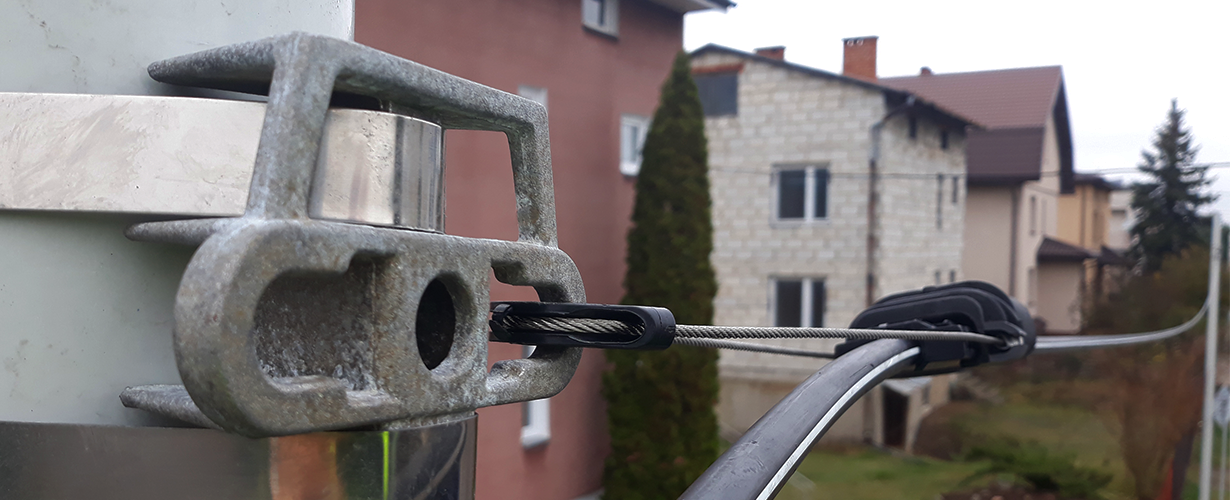Winter can disrupt not only various aspects of everyday life but also specific segments of the economy, e.g. by hindering communication. Increased failure rates due to frost can also create challenges for the telecommunications industry. So, what should you consider when selecting components to ensure that fibre optic networks can withstand temperatures dropping as low as -40°C?
The operational conditions for fibre optic connectors, passive elements, enclosures, outdoor cabinets, fiber optic poles etc., are specified in the PN-EN 61753-1 operational standard. It defines categories of environments, including their temperature ranges of operation. Devices operating under certain conditions must be adapted accordingly, with a particular emphasis on the materials used.
According to the PN-EN 61753-1 standard, the highest exposure to low temperatures occurs in the following categories of environments:
- E – Extreme (-40°C to +85°C),
- OP+ – Outdoor protected + (-40°C to +75°C),
- I – Industrial (-40°C to +70°C),
- A – Outdoor aerial and G – Outdoor at ground level (-40°C to +65°C),
- S – Outdoor underground (-30°C to +60°C),
- OP – Outdoor protected (-25°C to +75°C).
According to this classification, all optical fibre network components offered by OPTOMER, intended for operation in environments where temperatures can drop significantly below 0°C, meet the requirements of the relevant environmental categories. For example, aerial closures, aerial cables, and other elements mounted on poles are designed to function in a category A environment, street cabinets and fiber optic poles are designed to work in a G category environment, optical closures installed in telecommunication chambers, microducts, cables for direct burial in the ground, and installation in telecommunication duct systems are intended for work in a category S environment. This classification ensures that fiber optic networks can operate smoothly in different environmental conditions without the need for additional maintenance.
In the case of fiber optic connectors, adapters, splitters and other passive fibre optic elements designed to operate in temperatures from -40°C to +85°C, additional protection against precipitation and dust is necessary for failure-free operation in external environments.
The content available in the Knowledge Centre is developed in cooperation with the R&D Department of OPTOMER. Our experts have been successfully training installers and representatives of public administration for years!
